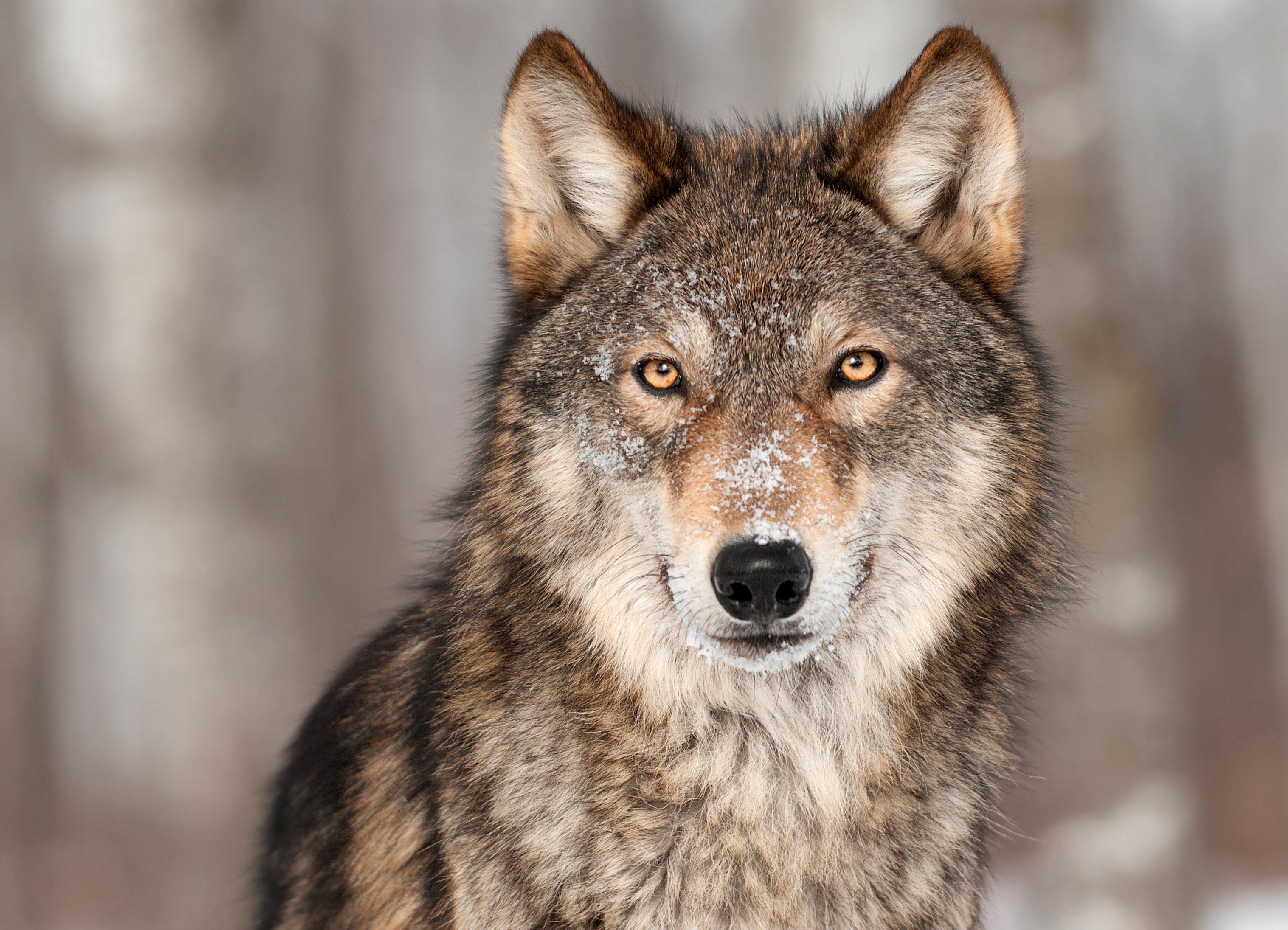The wild canines will be captured in Oregon and released on a designated section of Colorado’s public land previously inhabited by wolves

Colorado to reintroduce wolves by the end of the year. Image by Holly Kuchera
The U.S. Fish & Wildlife Service has finalized a rule that allows Colorado to reintroduce wolves as an experimental population under the Endangered Species Act (ESA).
According to Coloradopolitics.com, Colorado Parks and Wildlife will be introducing 10 wolves into a section of the state in early December. The wolves, which will be captured and transferred from Oregon, will be released onto public land in an area bordered by Glenwood Springs and Vail on the north and Aspen on the south.
In addition to state-owned lands, Colorado had sought private lands for reintroduction, but no private landowners came onboard.
The plan calls for 30 to 50 wolves to be reintroduced over the next three to five years.
According to Colorado Newsline, officials in states including Wyoming, Montana, and Idaho, where ranchers and hunters have fought against the wolf-reintroduction programs, have declined to assist Colorado’s efforts for fear Colorado’s wolf population would spread into other states.
The vote to introduce the wolves passed narrowly with 50.1% for and 49.9% against.
Under the 10(j) rule, wolves are considered an experimental population and are no longer considered an endangered species in Colorado. Wolves can be killed if they attack livestock, and ranchers can be compensated for livestock losses.
Colorado joins other western states where gray wolves are no longer endangered, such as Idaho, Montana, and Wyoming, as well as parts of Utah, Oregon, and Washington.
Bipartisan legislation set up a $350,000 per-year fund to pay ranchers who lose livestock to wolf predation. Under the legislation, "taking" (killing) gray wolves that attack pets is not allowed, but taking gray wolves that attack working dogs, or dogs that guard or herd livestock, is allowed. The record of decision recognizes the sovereignty of tribal nations by adding a provision to allow taking of gray wolves that significantly impact “ungulate” populations (deer and elk) on the Ute Mountain Ute and Southern Ute tribal lands. The decision also said takings would not be allowed if there is any evidence of baiting gray wolves through using “unusual attractants,” artificial feeding, or intentional feeding.
Sen. John Hickenlooper said, "This final rule respects the will of Colorado voters, farmers, ranchers, and conservationists, and sets our state up for responsible gray wolf reintroduction."
Gray wolves once inhabited most of Colorado, but essentially disappeared after the 1940s due to a government-sponsored extermination campaign.












